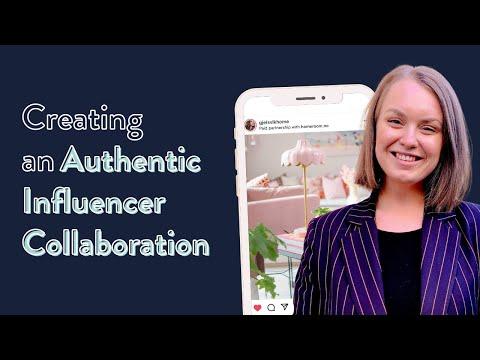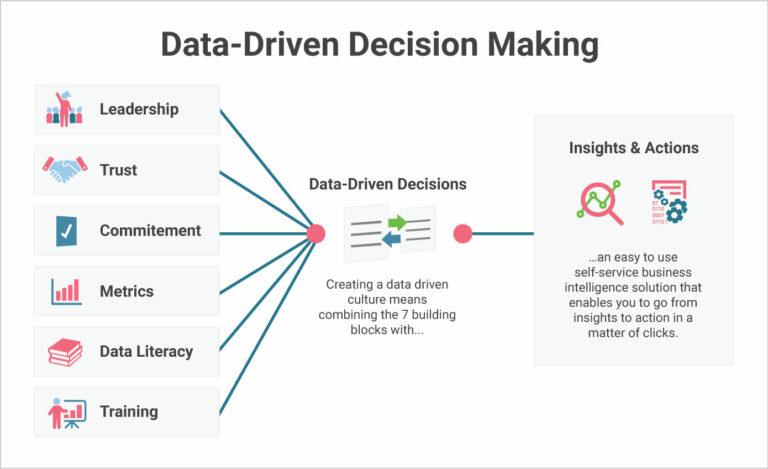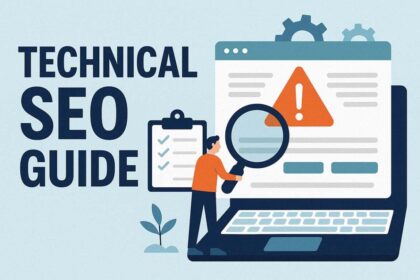In the digital age, where attention spans are fleeting and trends shift with the tap of a finger, a new breed of marketing has emerged, transforming the way brands connect with consumers. Welcome to the world of influencer marketing—a dynamic landscape that has evolved from simple endorsements to a multifaceted strategy that shapes consumer behavior and brand identities alike. As businesses increasingly turn to social media personalities to convey their messages, the nuances of this evolution reveal not only the potential of influencer collaborations but also the challenges that come with navigating an ever-changing digital marketplace. In this article, we will explore the journey of influencer marketing, tracing its origins, examining its growth, and unlocking the secrets to harnessing its true potential in an era of overwhelming choice and connectivity. Join us as we delve into the past, present, and future of a phenomenon that is redefining the art of persuasion in the modern world.
Embracing Authenticity: The Shift Towards Genuine Influencer Collaborations
In an era where consumers are becoming increasingly wary of traditional advertising methods, brands are turning their attention towards harnessing the power of authenticity in influencer marketing. Today’s audiences crave real connections, favoring influencers who genuinely align with their values and lifestyles instead of those who simply showcase products for compensation. This evolving landscape emphasizes the importance of trust, prompting brands to seek collaborations that highlight the true character and unique stories of influencers.
The impact of this shift can be seen in several key strategies:
- Quality over Quantity: Brands are focusing on fewer, but more meaningful partnerships.
- Storytelling Approaches: Collaborations now emphasize narrative-driven content that resonates with audiences.
- Community Engagement: Brands encourage influencers to engage directly with their followers, fostering a sense of community.
By prioritizing authenticity, influencers can cultivate a genuine relationship with their audience, which ultimately translates into higher engagement rates and more successful campaigns. This new approach not only benefits brands in terms of visibility but also enhances the influencer’s credibility and fosters a more loyal following.

Navigating Platform Changes: Adapting Strategies for Evolving Social Media Landscapes
As the social media landscape continues to transform, brands must remain agile and adaptive in their influencer marketing approaches. New platforms emerge while established ones evolve, introducing unique algorithms, features, and user behaviors that can significantly impact how audiences engage with content. In this environment, it’s essential to focus on building strong relationships not only with influencers but also with the target audience. Consider the following strategies:
- Embrace emerging platforms: Stay informed about platforms like TikTok or emerging apps where younger audiences gather.
- Diversify content formats: Utilize short videos, live streams, and interactive content to boost engagement.
- Data-driven decision-making: Use analytics tools to track performance metrics and refine your approach accordingly.
Furthermore, the consumer landscape also shifts, bringing new expectations for authenticity and relatability. Influencers are no longer just promotional vehicles; they are voices that resonate with their communities. Brands must recognize the importance of aligning with influencers whose values and aesthetics reflect their own, creating a congruence that feels natural to the audience. To aid in this alignment, consider the following table highlighting key influencer attributes and their potential impact on your campaign:
| Influencer Attribute | Potential Impact |
|---|---|
| Engagement Rate | Higher conversions and trust |
| Authenticity Score | Increased audience loyalty |
| Niche Relevance | Targeted reach to specific demographics |

Data-Driven Decisions: Leveraging Analytics for Effective Influencer Selection
In today’s digital age, the landscape of influencer marketing has transformed into a dynamic arena where brands require a strategic approach to maximize their ROI. By harnessing the power of analytics, marketers can sift through a vast sea of potential influencer partnerships to uncover those who resonate best with their target audience. An effective selection process begins with identifying key metrics such as engagement rates, audience demographics, and content relevance. These insights enable brands to narrow down their choices and ensure that their message reaches the right ears, enhancing both authenticity and effectiveness.
Utilizing tools for data analysis can streamline the influencer selection process. For instance, brands can leverage social listening platforms and analytics software to monitor influencer performance and audience interaction. The following criteria can be particularly helpful in assessing potential collaborators:
- Follower Growth Rate: Understanding how quickly an influencer is gaining followers can indicate relevance.
- Content Quality: Assessing the aesthetic and messaging style to ensure it aligns with brand values.
- Engagement Metrics: High likes, shares, and comments can demonstrate a loyal and active audience.
One effective way to visualize this data is through comparative tables, which can succinctly highlight the strengths and weaknesses of various influencers. Below is a sample comparison reflecting typical influencer metrics:
| Influencer | Followers | Engagement Rate | Content Type |
|---|---|---|---|
| Influencer A | 250K | 6.5% | Fashion & Lifestyle |
| Influencer B | 500K | 4.2% | Travel |
| Influencer C | 300K | 7.1% | Beauty |
By analyzing such data-driven insights, brands can make informed decisions that not only optimize their influencer marketing strategies but also amplify their brand voice within crowded marketplaces.

Building Long-Term Partnerships: Transforming Influencer Relationships into Strategic Alliances
In the fast-evolving realm of influencer marketing, the shift towards long-term partnerships is more than a trend; it’s a necessity for brands aiming to cultivate authentic connections with their audiences. These strategic alliances not only amplify reach but also foster credibility. Here are some key elements that define successful transformative relationships:
- Shared Values: Aligning on mission and vision ensures a unified message resonates with both audiences.
- Co-Creation: Collaborating on content develops deeper engagement and creativity, allowing for a more authentic narrative.
- Continuous Engagement: Maintaining open channels for dialogue fosters trust and adaptability in evolving campaigns.
To formalize these connections, brands can use structured collaboration frameworks to enhance clarity and accountability. A systematic approach not only streamlines processes but also cultivates a sense of partnership. The table below outlines essential elements for building and maintaining these partnerships:
| Element | Description | Benefits |
|---|---|---|
| Mutual Goals | Identify common objectives that drive the partnership’s purpose. | Ensures alignment and focus. |
| Regular Check-Ins | Schedule consistent reviews to assess progress and adjust strategies. | Enhances communication and fosters collaboration. |
| Performance Metrics | Establish clear KPIs to measure success and areas for improvement. | Facilitates transparency and accountability. |
Final Thoughts
As we draw the curtain on our exploration of “Unlocking Potential: The Evolution of Influencer Marketing,” it becomes clear that this dynamic landscape is continually reshaped by technological advancements, consumer behavior, and cultural shifts. From its humble beginnings to a multifaceted ecosystem, influencer marketing has proven to be a powerful tool for brands seeking authentic connections in an increasingly crowded marketplace.
The path forward is filled with opportunities and challenges alike. As influencers evolve and adapt, so too will the strategies that brands employ to harness their reach and credibility. Transparency, authenticity, and ethical considerations will play a critical role in defining the future of this vibrant industry.
the essence of influencer marketing lies in its capacity to forge meaningful relationships—not just between brands and their audiences, but within communities that thrive on shared experiences and insights. As we continue to navigate this ever-changing terrain, one truth remains: the potential for connection is limitless, waiting to be unlocked by the next wave of innovators in the field. The journey is just beginning, and it promises to be as fascinating as it is impactful.



